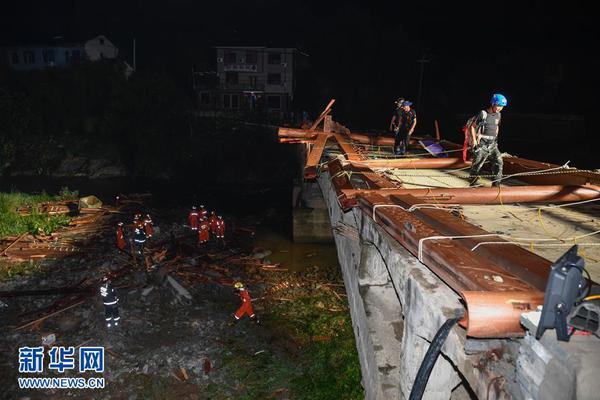NASA's adventurous Perseverance rover is currently perched over a big Martian impact crater. And it has a glorious vista.
While searching for clues of past habitability and potential hints of extinct life in Mars' desert, the rover snapped 152 images overlooking the Belva crater, which the space agency stitched together into an expansive mosaic, and also released in the form of the sweeping video below.
iRobot Roomba Combo i3+ Self-Emptying Robot Vacuum and Mop—$329.99(List Price $599.99)
Samsung Galaxy Tab A9+ 10.9" 64GB Wi-Fi Tablet—$178.99(List Price $219.99)
Apple AirPods Pro 2nd Gen With MagSafe USB-C Charging Case—$199.00(List Price $249.00)
Eero 6 Dual-Band Mesh Wi-Fi 6 System (Router + 2 Extenders)—$149.99(List Price $199.99)
Apple Watch Series 9 (GPS, 41mm, Midnight, S/M, Sports Band)—$299.00(List Price $399.00)
"Mars rover missions usually end up exploring bedrock in small, flat exposures in the immediate workspace of the rover," Katie Stack Morgan, deputy project scientist of the Perseverance mission, said in a statement. "That’s why our science team was so keen to image and study Belva. Impact craters can offer grand views and vertical cuts that provide important clues to the origin of these rocks with a perspective and at a scale that we don’t usually experience."
Tweet may have been deleted
Mars is littered with craters, big and small, often formed by objects crashing into the Red Planet. The over half-mile-wide Belva is no different. Like a highway roadcut through a hill, the crater revealed clues into Mars' watery past. Downward sloping rocks could be evidence of a past Martian sandbar, deposited by a major river. And the boulders in the foreground could have been thrown there by the dramatic impact, or "may have been transported into the crater by the river system," NASA explained.
Want more scienceand tech news delivered straight to your inbox? Sign up for Mashable's Light Speed newslettertoday.
Atop the crater, the Perseverance rover has already found compelling evidence of a once deep "rollicking river," which existed billions of years ago when Mars was warmer, wetter, and insulated by a thicker atmosphere.
Planetary scientists wonder if any primitive life could have thrived in these wet riverine places. Millions of miles beyond Earth, the search continues.
TopicsNASA
(责任编辑:娛樂)
 Man stumbles upon his phone background in real life
Man stumbles upon his phone background in real life Lena Waithe pays tribute to fellow trailblazers in heartfelt speech at MTV Awards
Lena Waithe pays tribute to fellow trailblazers in heartfelt speech at MTV Awards 'Gears of War 5' is only one of THREE 'Gears' reveals at E3 2018
'Gears of War 5' is only one of THREE 'Gears' reveals at E3 2018 Broccoli coffee is a thing, because you're not eating your vegetables
Broccoli coffee is a thing, because you're not eating your vegetables Visualizing July's astounding global temperature records
Visualizing July's astounding global temperature recordsPlayStation Now game streaming is coming to PC
 Sony's PlayStation Now service is launching for Windows PC, meaning subscribers will soon be able to
...[详细]
Sony's PlayStation Now service is launching for Windows PC, meaning subscribers will soon be able to
...[详细]'Gears of War 5' is only one of THREE 'Gears' reveals at E3 2018
 There's no new Gears of War game coming in 2018, but boy howdy is 2019 going to be a busy one for al
...[详细]
There's no new Gears of War game coming in 2018, but boy howdy is 2019 going to be a busy one for al
...[详细]Theranos founder Elizabeth Holmes accused of defrauding investors
 Disruption comes in many forms. For Theranos founder Elizabeth Holmes, it may end up taking the form
...[详细]
Disruption comes in many forms. For Theranos founder Elizabeth Holmes, it may end up taking the form
...[详细]Ariana Grande posted a video of her side
 Apparently Ariana Grande has been serving lewks since the moment she was born.On Monday, Grande &mda
...[详细]
Apparently Ariana Grande has been serving lewks since the moment she was born.On Monday, Grande &mda
...[详细]Hiddleswift finally followed each other on Instagram after 3 excruciating days
 On Aug. 13, 1961, Germany began construction of the Berlin Wall, perhaps the greatest symbol of the
...[详细]
On Aug. 13, 1961, Germany began construction of the Berlin Wall, perhaps the greatest symbol of the
...[详细]Annapolis shooting survivor on Trump: 'We need more than prayers'
 Shooting survivor Selene San Felice didn't hold back in response to President Trump's thoughts and p
...[详细]
Shooting survivor Selene San Felice didn't hold back in response to President Trump's thoughts and p
...[详细]Uber test driver was watching Hulu during fatal crash
 The safety driver in a self-driving Uber was not being very safe —aka, not paying attention &m
...[详细]
The safety driver in a self-driving Uber was not being very safe —aka, not paying attention &m
...[详细]'Sekiro' feels like 'Dark Souls' wrapped up in an Akira Kurosawa film
 There is something so beautifully fitting about From Software entering the pantheon of Japanese arti
...[详细]
There is something so beautifully fitting about From Software entering the pantheon of Japanese arti
...[详细]17 questions you can answer if you're a good communicator
 Whether you regularly speak in public and write online, or you mostly express yourself over email, b
...[详细]
Whether you regularly speak in public and write online, or you mostly express yourself over email, b
...[详细]The newest 'Overwatch' hero is... a hamster?
 UPDATE: June 28, 2018, 3:06 p.m. EDT The hero is named Wrecking Ball and the little hamster piloting
...[详细]
UPDATE: June 28, 2018, 3:06 p.m. EDT The hero is named Wrecking Ball and the little hamster piloting
...[详细]Photos show the Blue Cut fire blazing a path of destruction in California

Best friends crash a date wearing hilarious disguises
